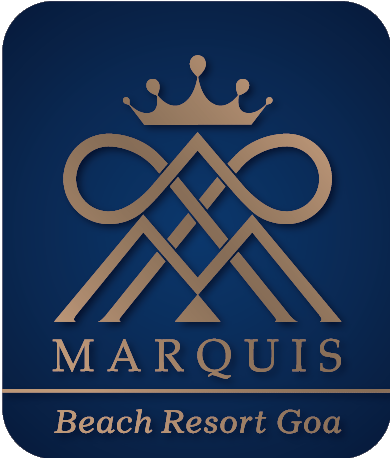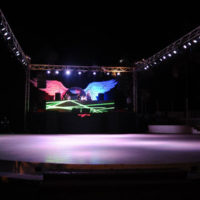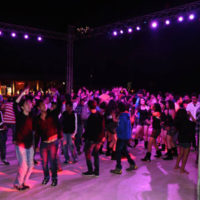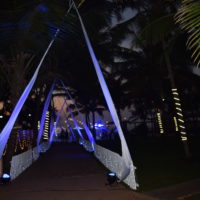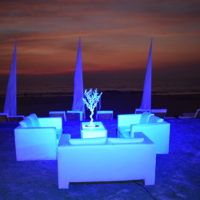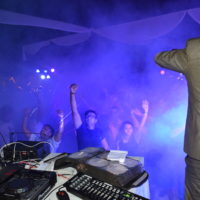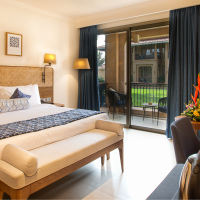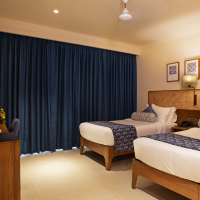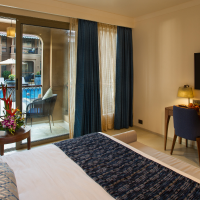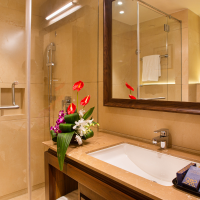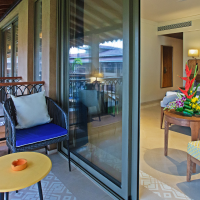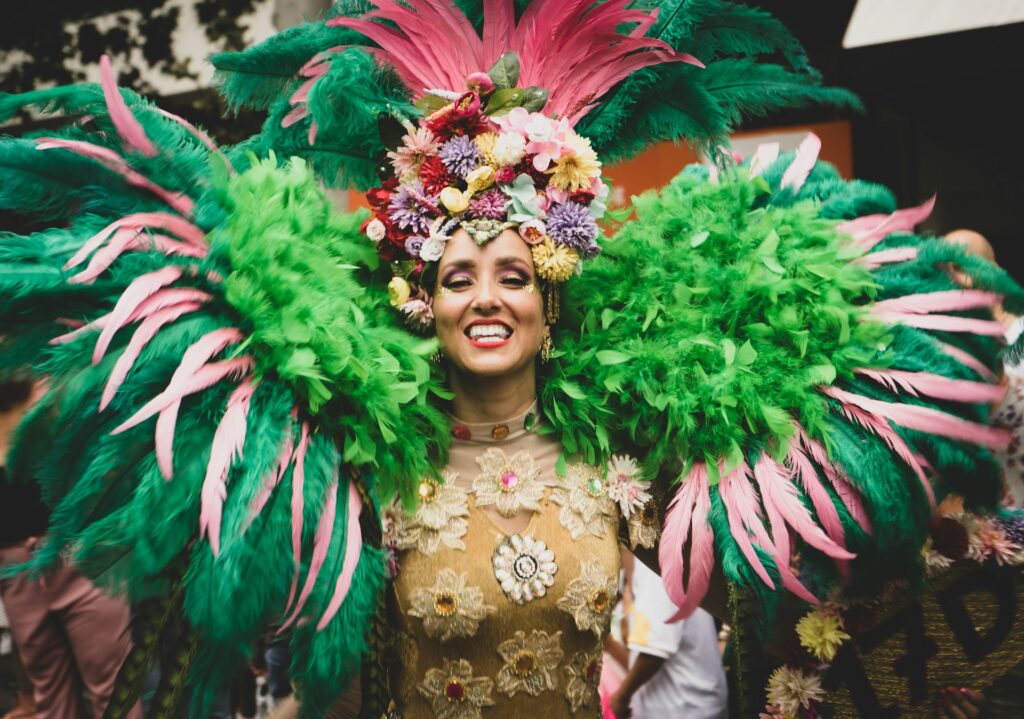 Reasons You Must Visit the Carnival in Goa
Reasons You Must Visit the Carnival in Goa
The much-awaited Goan Carnival is fast approaching. A revered celebration of culture and tradition, this annual festival holds great significance in the hearts of the locals as well as tourists. It marks the commencement of Lent, the forty days of fasting and reflection before Easter. This festive occasion is also characterised by lively and colourful street parades, fun live music shows and dance performances, and people coming together to join in the joy and merriment. Communities across Goa and throngs of people from around the world gather during the four-day festivities. If this does not convince you to attend the carnival celebrations with friends and family at least once in your life, then read on.
A One-of-a-kind Celebration
Goa is the only state to host the carnival festivities across India and on such a massive scale. It puts Goa on the world map, helping gain recognition for more than just its beaches. Usually a four-day celebration, local villages, commercial entities, and cultural groups participate in the floats that portray modern and social themes. These cultural festivities will be held at the centres—Porvorim, Panaji, Mapusa, Vasco, Margao, and Morjim—this year. The parade held at Porvorim will be the curtain-raiser that was previously held at Panjim (the capital city).
In fact, last year, Goa was the first to witness aerial participation, with a helicopter joining the parade and floats being displayed along the river Mandovi as well. It was a great success, met with pomp and joy.
Transcending Social and Cultural Boundaries
The Goan carnival bears a striking resemblance to global carnival celebrations like the ones observed in Venice or Rio, sharing the same festive atmosphere, vibrant colours, and the concept of a carnival king. Every year, these floats are graced by a prominent figure known as King Momo, who signals the commencement of the festivities. Usually, a local resident is chosen from a series of applicants based on their personality, talent, and background to preside over the festival. He spreads the message of carnival—eat, drink, and make merry. The grand procession begins with King Momo leading the way on a special float, followed by more floats and a crowd of people cheering and trying to catch a glimpse of each float and performance.
One of the best parts of the carnival is that it is free to the general public. There are no ticket charges, religious impositions, or caste restrictions, and even no invitation is required to be a part of these celebrations. Families, friends, and communities come together to participate in the festivities, where the carnival serves as a symbol of solidarity and unity.
Festival Highlights
While the parade is the highlight of the festivities, the carnival also features several cultural performances, including dance shows, live music concerts, and theatrical skits. A popular event called Samba Square is held every year at the Jardim Garcia de Orta in Panjim. The whole garden comes to life with live music and dance performances, especially Clube National’s traditional red and black dance. People can be seen dancing and enjoying some great live music numbers. There are also a host of street vendors selling carnival props like colourful wigs, different masks, funny glasses, helium balloons, and such. People are seen sporting these fun props and becoming a part of the celebrations.
Another key highlight this year is the celebration of Francisco Martins and his achievement of having designed floats for half a century that have gained recognition nationally as well as internationally.
Yet another notable aspect of the Goan Carnival is the abundance of traditional Goan cuisine that graces the tables of households, eateries, and the few stalls that are put up at various carnival celebrations. When visiting Goa, make sure to try authentic Goan dishes like sorpotel (pork), chicken Xacuti, bebinca (sweet), dodol (sweet), and more. The carnival offers a feast for the senses.
All in all, the carnival in Goa is more than just a festival; it is a celebration of love, life, and community through music, art, food, and dance. People come together to honour their cultural roots, forge new friendships, and create cherished memories that will last a lifetime.
